|
Since moving to Arrowmont as an Artist in Residence I have been provided the opportunity to share my work each week with students and artists that come for workshops! It has been a great experience to talk about my work, techniques, and experiences with others in such great depth. Some time has passed since my last blog, so I though I would share with you a bit of what I present to those that attend our artist talks! I hope that you enjoy this glimpse into my work and the thought behind it... Sense of Place Porcelain, Gold Luster 13” x 14” 2018 Looking at my work you wouldn’t know that I spent years in the wood firing community. Honestly, I always felt a disconnect between my woodfired pots and my love for drawing and painting, and struggled identifying myself with my work. I discovered that what I really loved about woodfiring wasn’t necessarily my work, but instead was the community and sense of belonging that I found within it. In graduate school I took an art history course that inspired me to incorporate the dog with my figures. I portray moments of closeness and comfort and depict the dog sometimes mirroring the gesture of the person. I was particularly interested in the way the emptiness of color encouraged the viewer to focus on the moment depicted and also how it conveyed this companionship as an idea or a symbol. Lucian Freud Double Portrait 1985-86 The use of dogs as surrogate human beings and as metaphor shares a profound history within psychology and the arts. Aside from what dogs provide us psychologically and emotionally in our current lives; within many canonic masterpieces they are essential to the meaning of the human cast of characters or narrative. They provide symbolism for loyalty, fidelity, and compassion or in many works the dog is used as a stand in for humans. Rest In Blues Porcelain, Gold Luster 15.5” x 18” 2018 This body of work references our relationship with the dog and uses its presence in art history as a way to talk about belonging and comfort. I use the dog in my work not to convey a specific animal, but to convey a feeling and to talk about all relationships and our innate desire to belong. I find a lot of inspiration in the history of ceramics moving beyond conventional function and form, creating union between shape, decoration, and story is fascinating. Like this, my work varies in shape and incorporates low relief volume and gold luster details within the nostalgic patterns. While at Arrowmont, one of my main goals is to create a larger variety of forms and explore pattern. I plan to investigate techniques and materials that provide a physical and visual softness through surface, layers, and more volume. You can see more of my work and my time at Arrowmont by following me on Instagram @stephanie.m.wilhelm and subscribing to my mailing list in the contact page of my site!
My work requires a great deal of hand painting color and pattern, and sometimes it can be quite challenging to successfully do that on a whim. While the majority of my painting is done by hand, I have found a way to incorporate the use of Photoshop in order to plan out my patterns, colors, and compositions in the earlier stages. This ability allows me to make unlimited decisions in advance!! I am able to bring patterns in and swap them out or move them around. To decide if something should have color or stay as a simple line drawing. To explore ways in which to emphasize foreground and background.
As an artist, it is important that my paintings have strong compositional decisions and encourage the eye to move fluidly and focus on sentimental moments. However, due to the time it takes to hand paint, I must make these decision quickly and paint confidently! Photoshop has given me the ability to do that. Below you will find some screen images of how I map out my designs. I simply take an photograph of my plate either before or after bisque, and I add layers of color or pattern so that I am able to make compositional choices and confident and balanced images. You can also do this with drawings or sketches of work you have yet to make. It is a helpful process and has strengthened my ability to make decisions and paint with confidence! “ And even compared to cats, dogs have always occupied positions in the animal world that were closest to the affections of human beings… For of all animals, dogs continue to play roles that mirror most closely the activities and needs of the humans they live with. Indeed, many of the canonic masterpieces of modern art include dogs who seem essential to the meaning of the human cast of characters.” ~ Robert Rosenblum If you know me, you know that the dog holds a very special place in my heart and life. I have a strong connection with them; I foster dogs as well as volunteer with local rescues. For months I had been considering ways in which I could strengthen the narrative qualities in my work. I began to think back and forth about including the dog within my imagery to represent intimacy and companionship, but struggled with how I could do that successfully. It was not until taking “Gender Representation in the visual arts 1500-1900’s” with Melissa Hyde that the opportunity and research revealed itself. It all began with these paintings which illustrate how dogs were used in portraiture to symbolize fidelity, loyalty, and affection. I knew I would need to make a piece specifically for this course, and considered the possibility of using it as an opportunity to convey the dog in a more structured, historical, and narrative manner. Cultural depictions of dogs in Western art extend back thousands of years to when dogs were portrayed on the walls of caves. You can track the changes in civilization and everyday life through the use of animals in art and how they were included. Representations of dogs in art became more elaborate as individual breeds evolved and the relationships between human and canine developed. Dogs were depicted to symbolize guidance, protection, loyalty, fidelity, faithfulness, watchfulness, and love. In Gustave Courbet’s “Female Nude with a Dog” the erotic tone is created by the direct link between the woman and her dog. The affection shown is a metaphor of sensual love for her lover and a symbol of fidelity. Lucian Freud explained his love of working with dogs like this: “I am impressed by their lack of arrogance, their ready eagerness, their animal pragmatism.” Freud had a longing to have his human subjects look as relaxed and natural as his animal ones. I was inspired by this work to use the dog as a proxy for the human and their expression...allowing the dog to be the form of communication. The history of the dog within art and our own lives provides myself a strong ability to express a diverse range of concepts and communicate the things that I value and have always attempted to convey within my work. A means to talk about the personal and emotional in a universal and diverse manner.
Throughout my time making work I have always portrayed the figure, but by incorporating the dog with the human it provides a means to convey the values that I have as a person as well the ability to communicate subjects such as loyalty, belonging, space, intimacy, and companionship. Or perhaps there is within this an opportunity to tell a story and/or have a sentimental narrative through the metaphor of the dog and human. During the years I have spent as a ceramic artist I’ve always seen my work as a three dimensional canvas and a surface to decorate and create narrative within. Ceramics has the capacity to physically interact with peoples lives and represent a sense of community, which initially drew me to this beautiful material. If you have ever owned a dog or walked one downtown, you also know that dogs help build community. They provide moments to talk to strangers, make new friends, and form groups with fellow dog lovers. Dogs are their own community. And through the imagery on my work I hope to reflect a sense of belonging through the visual metaphor of human and dog. The sense of home, ultimate loyalty, and the lifetime bond that we find within our canine companions. While they do play a canonic role in the history of art; dogs in present day also play a significant role in our personal lives and the relationships around us. |
|
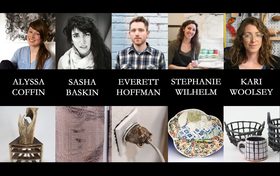


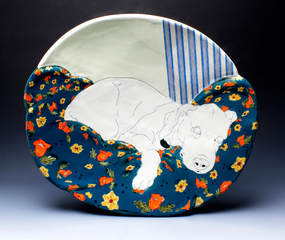
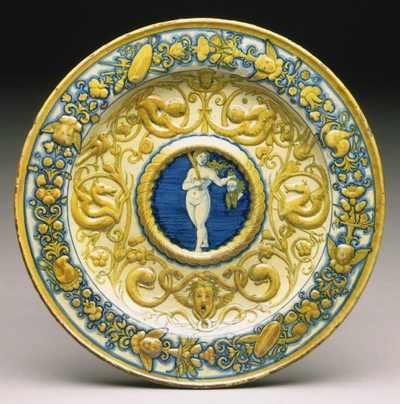
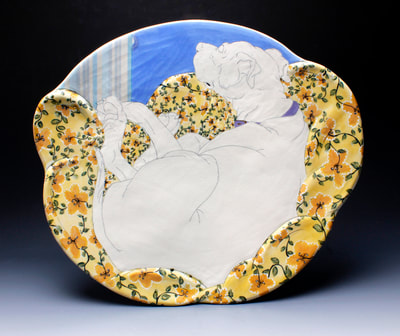
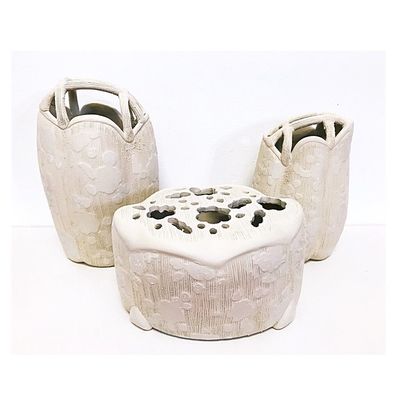
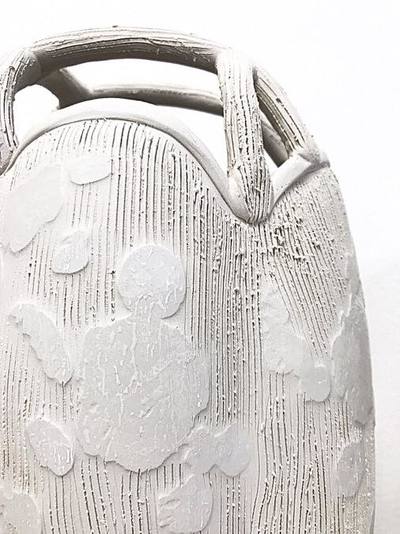
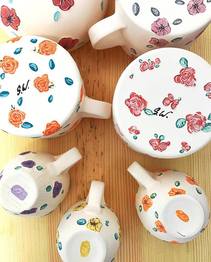
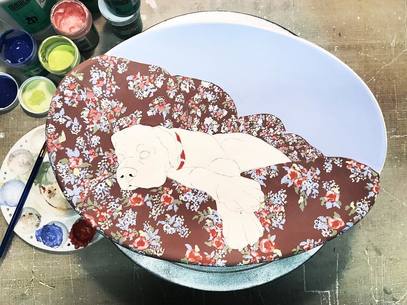
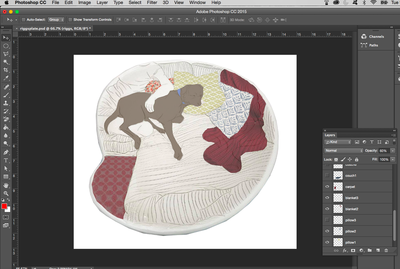

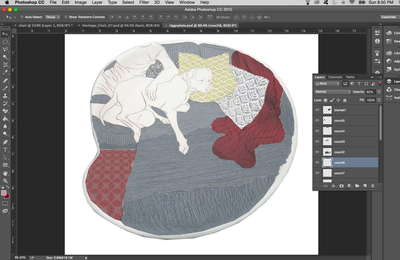
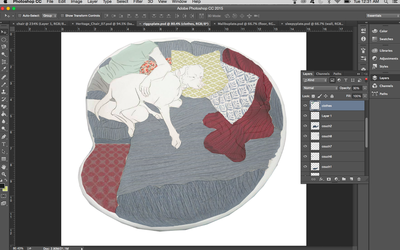
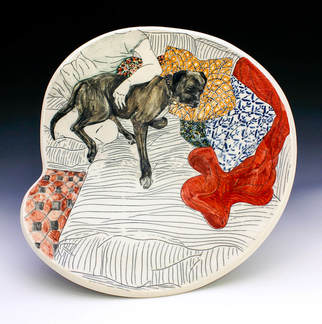



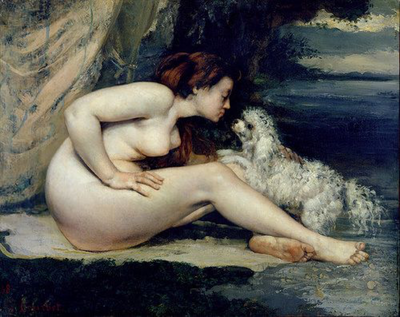
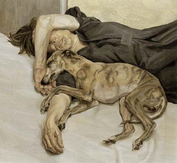

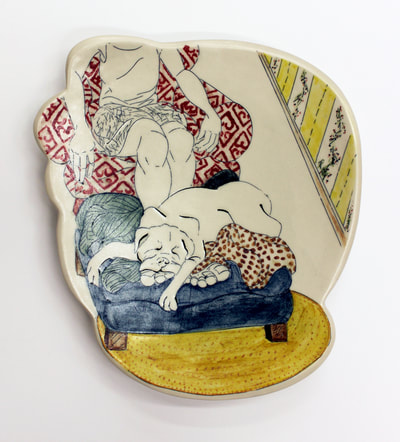

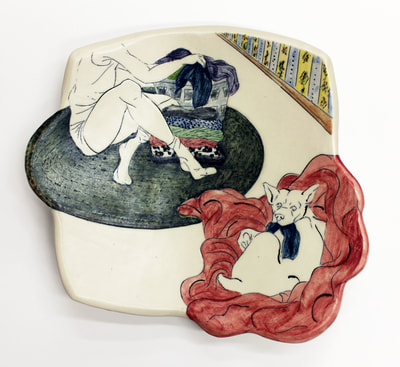
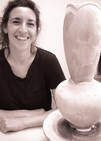
 RSS Feed
RSS Feed